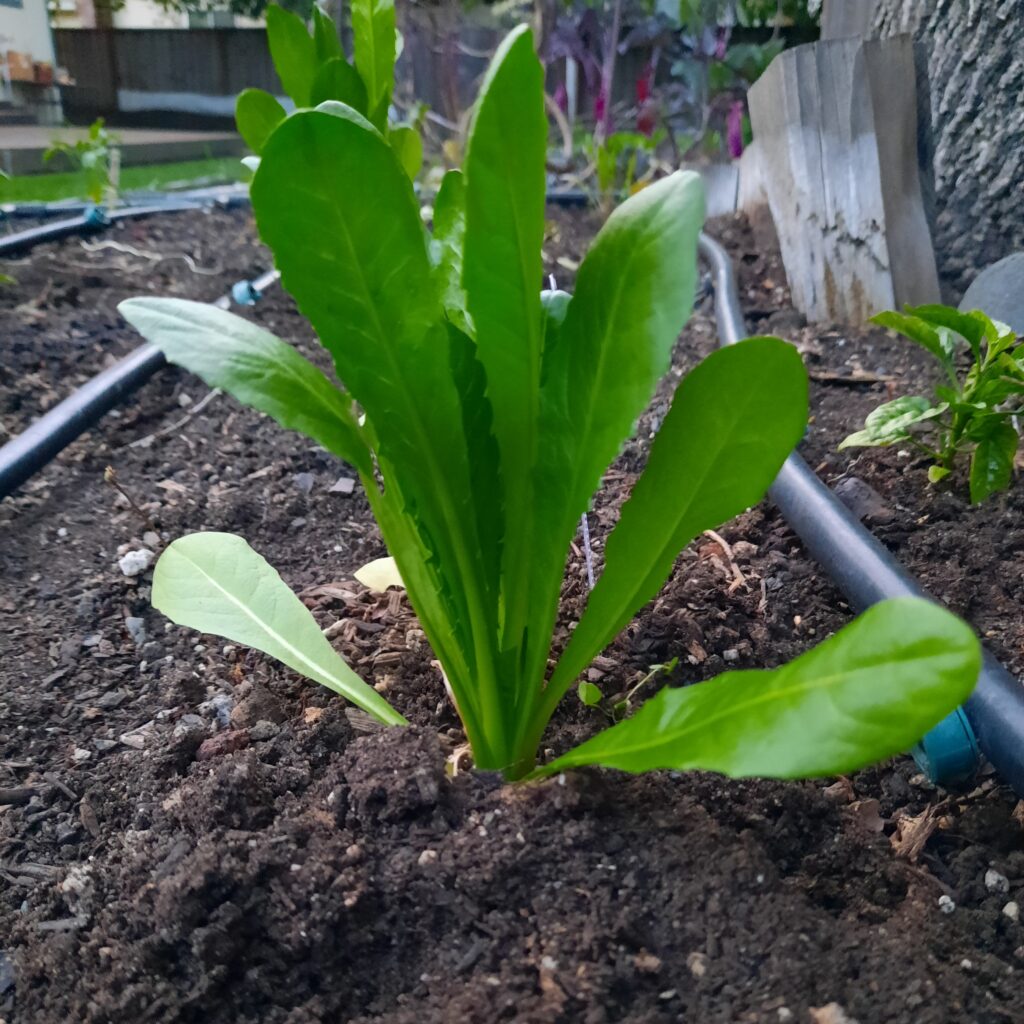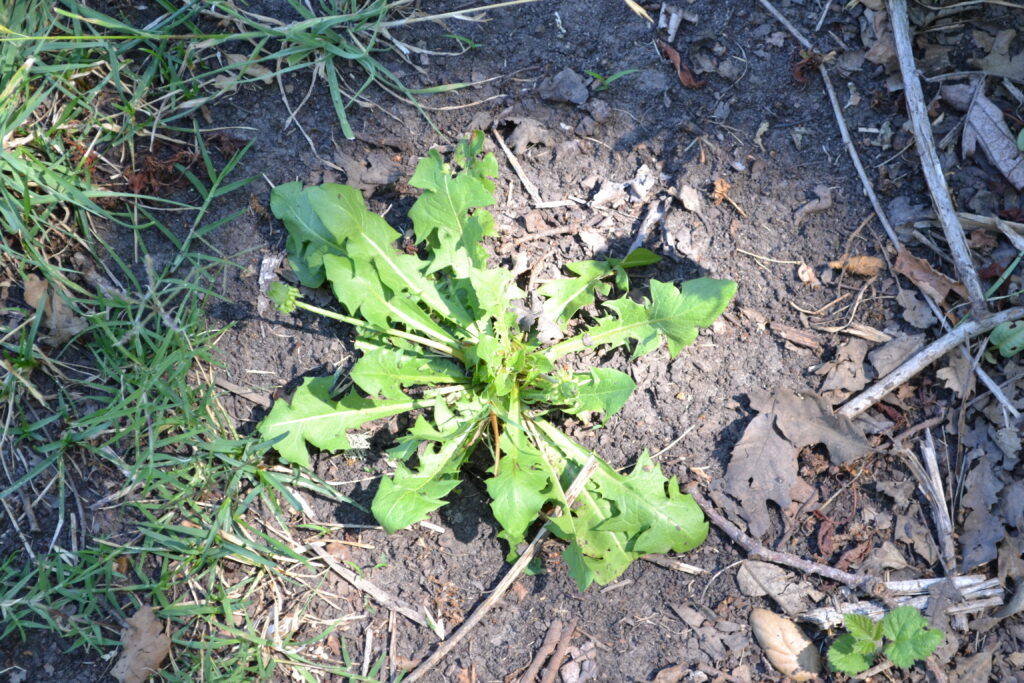Yesterday, I was jumping for joy when I found dandelion green starts at a local nursery! You may be wondering why I would be happy to purchase plants that can be so easily found growing wild or in one’s backyard. The reason why is because these “dandelion” plants are a particular species commonly called Italian dandelion with the scientific name of Chicorium intybus. Italian dandelion is not a true dandelion as it has a blue flower and much longer leaves than your garden-variety dandelion, which has a yellow flower and generally shorter leaves. The scientific name for common dandelion is Taraxacum officinale.
So why am I making this distinction?

Because the dandelion greens you find in the grocery store are Italian dandelion greens. And the dandelion greens listed on most nutrient analysis software programs/apps are also Italian dandelion greens.
Here is the selected mineral content of Chicorium intybus according to Chronometer:
100 g chopped dandelion greens (almost 2 cups) Chicorium intybus
Calcium 206 mg
Iron 3.4 mg
Potassium 437 mg
Magnesium 40 mg
And I found a research study that measured the same minerals in Taraxacum officinale:
100 g dandelion greens Taraxacum officinale
Calcium 192 mg
Iron 3.1 mg
Potassium 393 mg
Magnesium 38 mg
As we can see here, the nutrient content per gram is similar between the two for the minerals tested. So, the bottom line is that even though most nutrient analysis software/apps do not contain common dandelion greens (Taraxacum officinale), one can use the nutrient data of Chicorium intybus in its place for the minerals shown here as a reasonable alternative.
One last note here: I just found a study with the nutrient content of Chicorium intybus that shows a calcium content of 293 mg per 100 grams and iron content of 9.2 mg per 100 grams which are both higher than the values we just discussed. This exemplifies that there can be nutrient differences between samples tested. I always look for multiple samples, compare the nutrient content between them, and look for trends in the data. More on this in a future post!

Additionally, would you like to receive our eBook "Our Top 12 Strategies for Long Term Success on A Raw Plant-Based Diet"? Just fill out the email form in the right column of this website and you’ll receive it for free!
